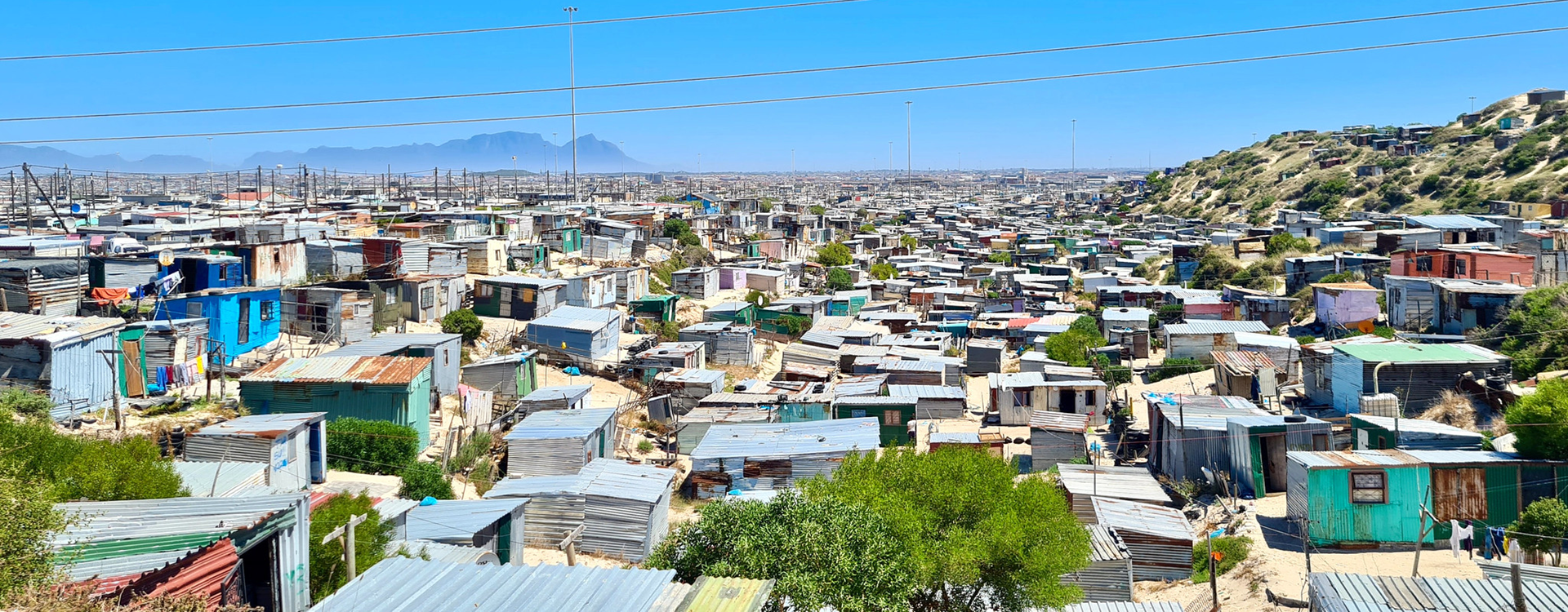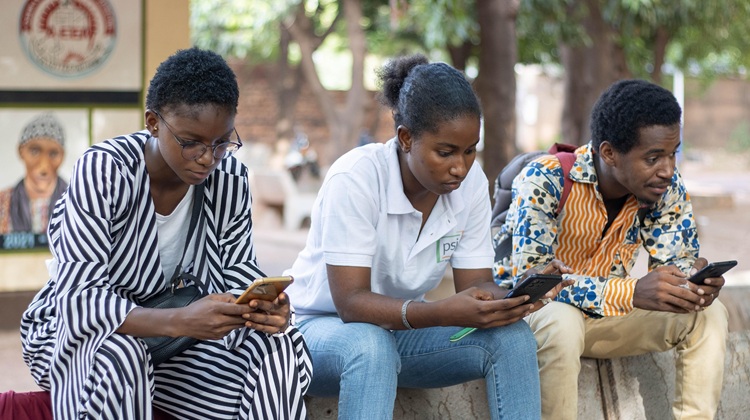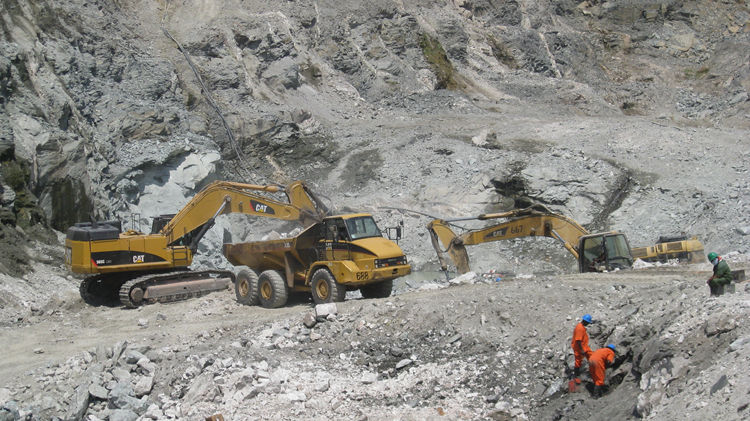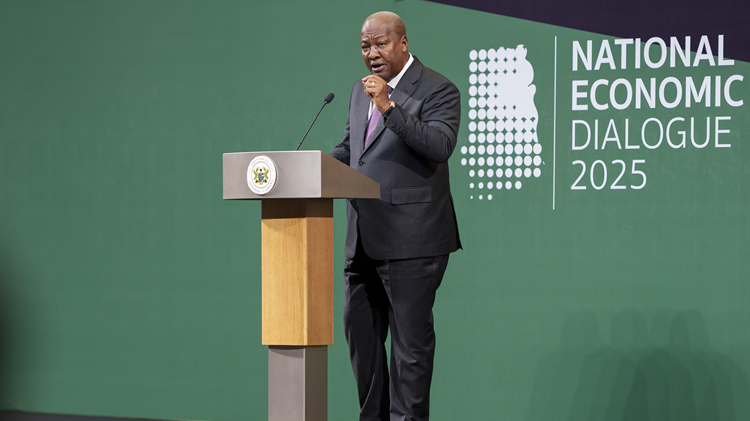Why South Africa cannot grow by fixing outcomes

Targeting symptoms without tackling root causes will not deliver growth - the country must stop reverse engineering its future.
South Africa has no shortage of vision. What it lacks is follow-through. Recent modelling shows how much more rapidly the country could grow, with the right choices. Yet, South Africa keeps trying to fix outcomes instead of redesigning inputs, and that is the fallacy of reverse engineering.
It is no secret that the country is struggling and can do much better. For example, gross domestic product (GDP) per capita, roughly equating to income per person, slowly increased from 2008 to peak in 2013, yet has been stagnating or declining ever since. This is not just about numbers, but about what citizens can afford, how they live and what futures they can imagine.
GDP per capita in South Africa has been stagnating and declining since 2013
On its current growth trajectory, South Africa will recover to the 2013 levels of GDP per capita only in 2039, some 26 years after its peak. That is an entire generation experiencing stagnation. However, in an aggressive, rapid growth scenario, the country could get there by 2032, seven years earlier, and, by 2045, have average incomes 65% higher than today (see Figure 1). With national elections scheduled for 2029, that would be well into a post-Ramaphosa presidency and with no party likely to achieve a simple majority, the future is ongoing coalition government. Simply put, South Africa needs a growth coalition.
Extreme poverty levels, in millions of people, tell a similar tale after the steep reduction from 2004 to 2010, during which the country grew rapidly. Since 2010, the number of poor people in South Africa has steadily increased again, plateauing at around 39 to 41 million since 2022, out of a total population size of around 65 million citizens in 2025. That is using US$6.85 per person per day for upper-middle-income countries as proposed by the World Bank. On the current trajectory (with an average economic growth rate of 2.7% for the next decade), extreme poverty will likely remain at that level.
As a percentage of the population, South Africans living in poverty have hovered at around 62% in recent years and, on the current growth trajectory, it is set to inch down to 60% over the next decade (see Figure 2). Instead, a rapid economic growth scenario (with a growth rate of 4.5%) could lead to a poverty decline to 56% by 2035 (40.3 million citizens instead of 43.2 million). At that point, South Africa’s population would have increased to around 72.5 million.
While some may debate where to draw the poverty line, the lived realities of persistent joblessness, food insecurity, and lack of basic services remain unchanged. And irrespective of the yardstick, the high levels of inequality, the small informal sector and high unemployment rates mean that poverty reduction occurs slowly in South Africa.
South Africa is awash with plans and strategies, but does not prioritise expertise and best practices, nor does it implement and enforce the mounds of compacts, agreements and statements of intent. This gap between policy and implementation is a recurring theme, and the consequences are felt by citizens every day, including failing infrastructure, school dropout rates and power cuts. The responsibility for improvements lies, in the first instance, at the door of the country’s dominant party, the ANC, which has failed to prioritise competence in the selection of leadership in government (such as in cabinet and political leadership at provincial, metropolitan and municipal levels and in the civil service) and parastatals. Thus, when the Johannesburg Centre for Development and Enterprise (CDE) published a series of reports in 2024 reflecting national priorities for growth, it pleaded for leadership by a reorganisation of the Presidency, a smaller cabinet and merit-based senior civil service appointments.
Instead of accountability, delivery and a commitment to growth and the distribution of its fruits, the government has prioritised redistribution, notably through how it has pursued black economic empowerment and cadre deployment for a few at the expense of many. The intention of such policies may be noble, but the execution has undermined both equity and efficiency. Although there have been efforts to improve education, health, encourage small businesses and provide financial access to entrepreneurs, the focus (and much of the public debate in the government-supported media) is on sharing the current cake through onerous criteria on ownership and equity in representation. The result is a compliance state that suffocates growth by bending the market towards equity as a precondition for investment and development instead of pursuing growth and skewing profits towards redress.
It is only possible to reduce unemployment and inequality with a rapidly growing economy. Even in our high-growth, inclusive scenario, unemployment and inequality are likely to remain hallmarks of the country for the next generation. In reality, in the first quarter of 2024, South Africa’s official unemployment rate stood at 32.9%. Creating more jobs requires improvements to employment intensity, implying a more flexible labour market, actively working towards a more significant and dynamic informal sector, a partnership with the private sector to facilitate opportunities, such as growth in low-end manufacturing and for South Africans to do everything possible to unlock domestic and foreign investment. Examples from diverse countries globally, including Malaysia, Mauritius, Botswana, Kazakhstan and India, show how investment partnerships can catalyse jobs and build industrial ecosystems when there is clarity and consistency from the government.
Amongst eight sectoral scenarios modelled for South Africa, the development of the manufacturing sector promises the most rapid economic growth and employment creation. South Africa grew rapidly when it industrialised on the back of its mining industry and can do so again. Low employment levels are the country’s key challenge since they drive extreme inequality, poverty and disempowerment. South Africa has the ingredients to harness its manufacturing potential: a large pool of unskilled and semi-skilled labour, an advanced financial system, highly developed infrastructure and capable domestic firms that could attract large-scale domestic and foreign investment. What it lacks is a government committed to growth. In comparison, Morocco’s automotive sector and Ethiopia’s textile industry have built competitive export bases by leveraging low labour costs and attracting international investors. South Africa can do the same.
The development of the manufacturing sector promises the most rapid economic growth and employment creation for South Africa
The regression in crime reduction and the increase in corruption are other essential limitations. Getting on top of crime and corruption is ultimately a political, not a technical challenge. Analysts from academia and elsewhere typically give most attention to professionalising the police, starting with rejuvenating its top management level and developing location- and context-specific, violence-reduction strategies, including outsourcing key functions such as forensics and firearms registration that SAPS appear unable to manage. Much more important, though, is the independence and capacity of the judiciary to bring criminals to book, such as the independence of the National Prosecuting Agency, an end to political constraints and a shift to prosecution-led investigations. If police detectives are valued, protected and supported, and the government prioritises them, the country can get on top of its crime challenge.
South Africa has tried to fix things from the outcomes side through ownership and regulation instead of the input side. Reverse engineering is always more difficult. The country must rather fix things on the input side—starting with the basics: skills, infrastructure and trust. South Africa can, and must, do better.
Image: Bernard DUPONT/Flickr
Today, the African Futures team released the updated forecast for South Africa’s long-term development prospects. The full report is available here.






